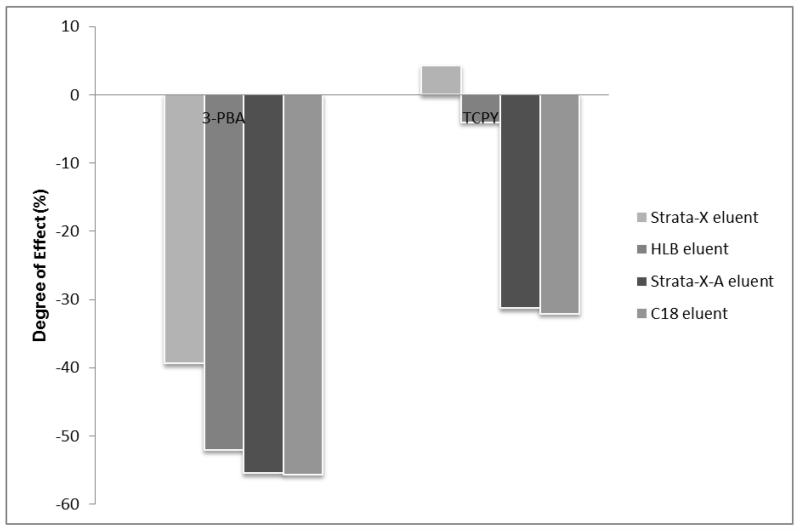Figure 5. Potential matrix effects associated with type of cartridge used.
Note: Matrix effects were investigated using a post-extraction spike matrix comparison. Experiments began with extracting 1 mL of urine (3 replicates) using 4 different cartridges: Oasis HLB (3 cc, 60 mg) (Waters Corp, Milford, MA); Strata-X (3 cc, 200 mg) (Phenomenex, Torrance, CA); Strata-XA (3 cc, 60 mg) (Phenomenex); and C18 (6 cc, 500 mg) (JT Baker, Center Valley, PA). Generic extraction methods were followed per each manufacturer. Prior to evaporation, the eluents were spiked with standard containing 10 ppb of target compounds. Dried residues were reconstituted with 100 μL of 30:70 MeOH:water (v/v) and 10 μL was injected into a QQQ 6490 LC-MS/MS system (Agilent Technologies, Waldbronn, Germany) coupled with a negative ESI interface. The LC and MS modules were programmed and controlled using Mass Hunter Software version B.04.01 (Agilent Technologies, Waldbronn, Germany). The chromatographic and MS/MS parameters were set the same as those mentioned in Figure 3. An average response of quantitative MS/MS transition for 3-PBA (m/z 213 99@15V CE) and quantitative pseudo-MS/MS transition for TCPY (m/z 207
99@15V CE) and quantitative pseudo-MS/MS transition for TCPY (m/z 207 207@1CE) was calculated. The degree of matrix effects (%) was calculated in a manner similar to Figure 3.
207@1CE) was calculated. The degree of matrix effects (%) was calculated in a manner similar to Figure 3.

